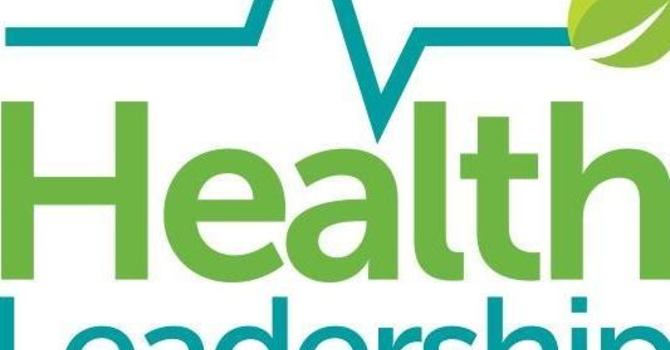
Understanding the World Health Organization's Approved Acupuncture Treatments
Acupuncture, a key component of Traditional Chinese Medicine (TCM), has been practiced for thousands of years. It involves inserting thin needles into specific points on the body to promote healing and balance. In recent years, acupuncture has gained recognition in the Western medical community, leading to increased interest in its efficacy for various health conditions. One authoritative source on the subject is the World Health Organization (WHO), which has compiled a list of conditions that acupuncture may effectively treat.
The WHO’s Endorsement of Acupuncture
The World Health Organization recognizes acupuncture as a potentially valuable treatment for a variety of health issues, particularly in pain management and certain chronic conditions. The organization's endorsement is based on a comprehensive review of clinical studies and trials that demonstrate acupuncture's effectiveness. By identifying specific conditions that respond positively to acupuncture, the WHO aims to guide healthcare professionals and patients in making informed treatment decisions.
Approved Conditions for Acupuncture Treatment
The WHO has categorized several conditions for which acupuncture has shown therapeutic potential. These include:
- Chronic Pain: Acupuncture is widely recognized for its effectiveness in alleviating various types of chronic pain, including:
- Back pain
- Neck pain
- Osteoarthritis
- Headaches and migraines
- Neurological Disorders: Conditions such as stroke rehabilitation and Bell's palsy have shown positive responses to acupuncture treatment, helping to restore function and improve quality of life.
- Gastrointestinal Issues: Acupuncture can aid in managing digestive disorders, including:
- Nausea and vomiting (especially post-operative or chemotherapy-induced)
- Irritable bowel syndrome (IBS)
- Functional dyspepsia
- Respiratory Conditions: Certain respiratory issues, such as allergic rhinitis and asthma, can be managed with acupuncture, offering relief from symptoms and improving overall respiratory function.
- Mental Health: Acupuncture has been explored as a complementary treatment for various mental health issues, including anxiety, depression, and stress-related disorders.
- Women's Health: Conditions such as menstrual pain (dysmenorrhea) and symptoms of menopause (like hot flashes) can also benefit from acupuncture interventions.
- General List:
-
- Low back pain
- Neck pain
- Tennis elbow
- Knee pain
- Peri-arthritis of the shoulder
- Sprains
- Facial pain
- TMJ
- Headache
- Dental pain
- Rheumatoid arthritis
- Induction of labor
- Breech birth presentation
- Morning sickness
- Postoperative pain
- Stroke
- Essential hypertension
- Primary hypotension
- Renal colic
- Leucopenia
- Radiation/chemo reactions
- Allergic Rhinitis
- Hay fever
- Biliary colic
- Depression
- Acute bacillary dysentery
- Primary dysmenorrhea
- Acute epigastralgia
- Peptic ulcer
The Mechanism Behind Acupuncture
While the exact mechanisms of acupuncture are still being researched, several theories have emerged. One prominent explanation is the concept of "Qi" (pronounced "chee"), which refers to the vital energy that flows through the body. Acupuncture is believed to stimulate specific points to balance qi, promoting healing and restoring health. Additionally, modern studies suggest that acupuncture may release endorphins, reduce inflammation, and enhance circulation, contributing to its therapeutic effects.
Integrating Acupuncture into Modern Healthcare
As acupuncture continues to gain recognition, more healthcare providers are integrating it into their practices, often as part of a holistic approach to patient care. It is essential, however, for patients to consult qualified and licensed practitioners to ensure safe and effective treatment, such as from Dr. Andrew Moser, DOM, MBA with Sacred Patterns Acupuncture.
Conclusion
The World Health Organization’s endorsement of acupuncture for various health conditions signifies a growing acceptance of alternative therapies in conventional medicine. As further research emerges, we can expect to see increased utilization of acupuncture as a complementary treatment, providing patients with more options for managing their health and well-being. Whether you’re seeking relief from chronic pain or looking for a holistic approach to mental health, acupuncture may hold the key to a healthier, balanced life.
Schedule a Treatment with Dr. Moser:
For your convenience, Dr. Moser is available Monday through Saturday days and evenings by scheduled appointment. Treatments are 1½ hours for $100. Cash/Card, HSA, and FSA are accepted. Please email Info@DrMoser.org or call 505.317.9915 to schedule your treatment.
References
- World Health Organization - Acupuncture:
This page provides an overview of acupuncture, its principles, and its applications in health care.
WHO Acupuncture - WHO Summary of Evidence on Acupuncture:
A detailed document summarizing the evidence for acupuncture in various conditions.
WHO Evidence on Acupuncture - National Center for Complementary and Integrative Health (NCCIH):
This resource offers insights into acupuncture, including its effectiveness and safety.
NCCIH - Acupuncture - Acupuncture Research:
A collection of studies and articles discussing the efficacy of acupuncture in treating specific conditions.
PubMed Central - Acupuncture Research
- Dr. Andrew Moser, DOM, MBA





